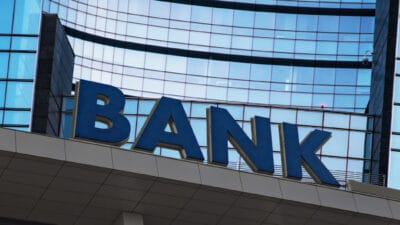Westpac Banking Corp (ASX: WBC) shares are a popular option for Aussie investors.
The big four bank's shares feature in countless investment portfolios and superannuation funds across the country.
But how successful would an investment in Australia's oldest bank have been if you picked up its shares a year ago? Let's take a look at what a $10,000 investment would be worth today.
$10,000 invested in Westpac shares
One year ago, investors were able to pick up the banking giant's shares for $20.62.
This means that if you were to have invested $10,000 in Westpac at that point, you would've ended up owning 485 shares.
The good news for investors is that it has been onwards and upwards since August 2023.
This has been driven by investors flooding back into the banking sector on the belief that the market had oversold Westpac and co last year. And with the banks delivering robust updates each quarter and not reporting any meaningful asset quality deterioration, sentiment has seemingly been increasing each month that passes.
The cherry on the cake has been the prospect of the Reserve Bank of Australia cutting interest rates in the near future. This is being seen as a big win for the banks as it should prevent a spike in bad debts just when things were starting to look gloomy.
The sum of the above is Westpac shares closing yesterday's session at $30.40.
This means that a $10,000 investment a year ago would have grown to become worth $14,744 today.
Don't forget the dividends
It is also worth remembering that Westpac is among the most generous dividend payers on the Australian share market.
This has continued to be the case over the past 12 months with Westpac paying out a 72 cents per share fully franked final dividend and a 90 cents per share fully franked interim dividend.
This means that your 485 Westpac shares would have generated $786 in dividend income, which boosts the total value of your investment to $15,530.
That's approximately $5,500 more than you started with, which represents a stunning 12-month total return of 55%.
As a comparison, over the same period, the benchmark S&P/ASX 200 Index (ASX: XJO) has generated a return of 12% before dividends. And while this stretches to a very welcome 16% return including dividends, it is nowhere near what you would have generated from an investment in Westpac.
The only problem now is that with Westpac's shares trading on a forward PE ratio of 15.3x, which is nearly two standard deviations above its 15-year average, the returns over the next 12 months could be few and far between.









